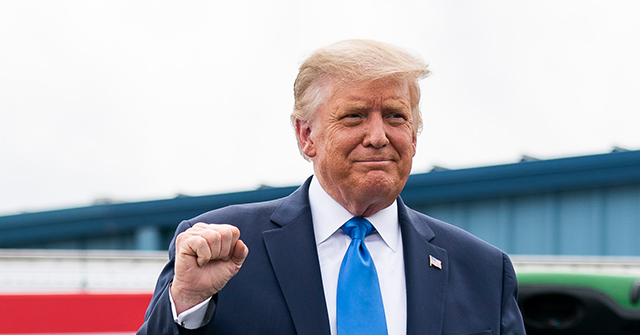On a recent episode of “NBC Nightly News,” Andrea Mitchell, NBC News Chief Washington Correspondent, discussed the evolving situation in Gaza, highlighting a surge in optimism regarding a potential ceasefire and the release of hostages held by Hamas. This increased hope for progress in negotiations stems from significant concessions made by Hamas. As the international community closely watches the developments, the comments from U.S. and Israeli officials indicate a shift in the dynamics influencing the conflict, marking a potential turning point in the long-standing crisis.
Mitchell pointed to broader geopolitical factors influencing the situation, noting that the weakening of Hamas’s backers—namely Iran and Hezbollah—has been a crucial component in the negotiations. Moreover, the collapse of the Assad regime in Syria has contributed to an environment where Hamas finds itself under intensified pressure. These regional shifts are perceived as advantageous by the U.S. and Israel, influencing Hamas’s willingness to engage in dialogue and compromise.
A significant assertion made by a senior Biden official is the impact of President-Elect Donald Trump’s warning to Hamas, signaling that there would be severe consequences if they failed to release hostages before he took office. This stern statement appears to have reinforced the urgency for Hamas to consider making concessions. The threat of potential repercussions, compounded by the shifting allegiances and weakened regional support, may have prompted Hamas to reevaluate its position in the ongoing conflict.
Details from the negotiations reveal that Hamas has agreed to allow Israeli forces to maintain a temporary presence in certain areas of Gaza, a move that underscores the seriousness of the talks. Additionally, the group has committed to releasing a portion of the hostages it has taken and providing an account of those who remain. However, as optimistic as these developments may seem, the negotiations have encountered numerous obstacles in the past, with similar agreements failing to materialize despite previous promises.
Mitchell emphasized that while there are encouraging signs of progress, significant differences still need to be addressed before any final agreement can be reached. The involvement of various stakeholders, each with their own interests and agendas, adds complexity to the negotiations, highlighting the fragile nature of the situation. As history has shown, the path to a peaceful resolution is fraught with challenges, and previous attempts have often faltered at critical junctions.
In conclusion, while the current discourse surrounding a potential ceasefire and hostage release deal is infused with newfound optimism, it is imperative to remain cautious. The landscape is shifting, driven by both internal pressures within Hamas and external geopolitical dynamics. With influential figures like President-Elect Trump entering the fray, the stakes have been raised, and the international community remains hopeful yet vigilant as the situation continues to develop. The coming days will be crucial in determining whether this momentum can be harnessed into a lasting resolution to the conflict.

